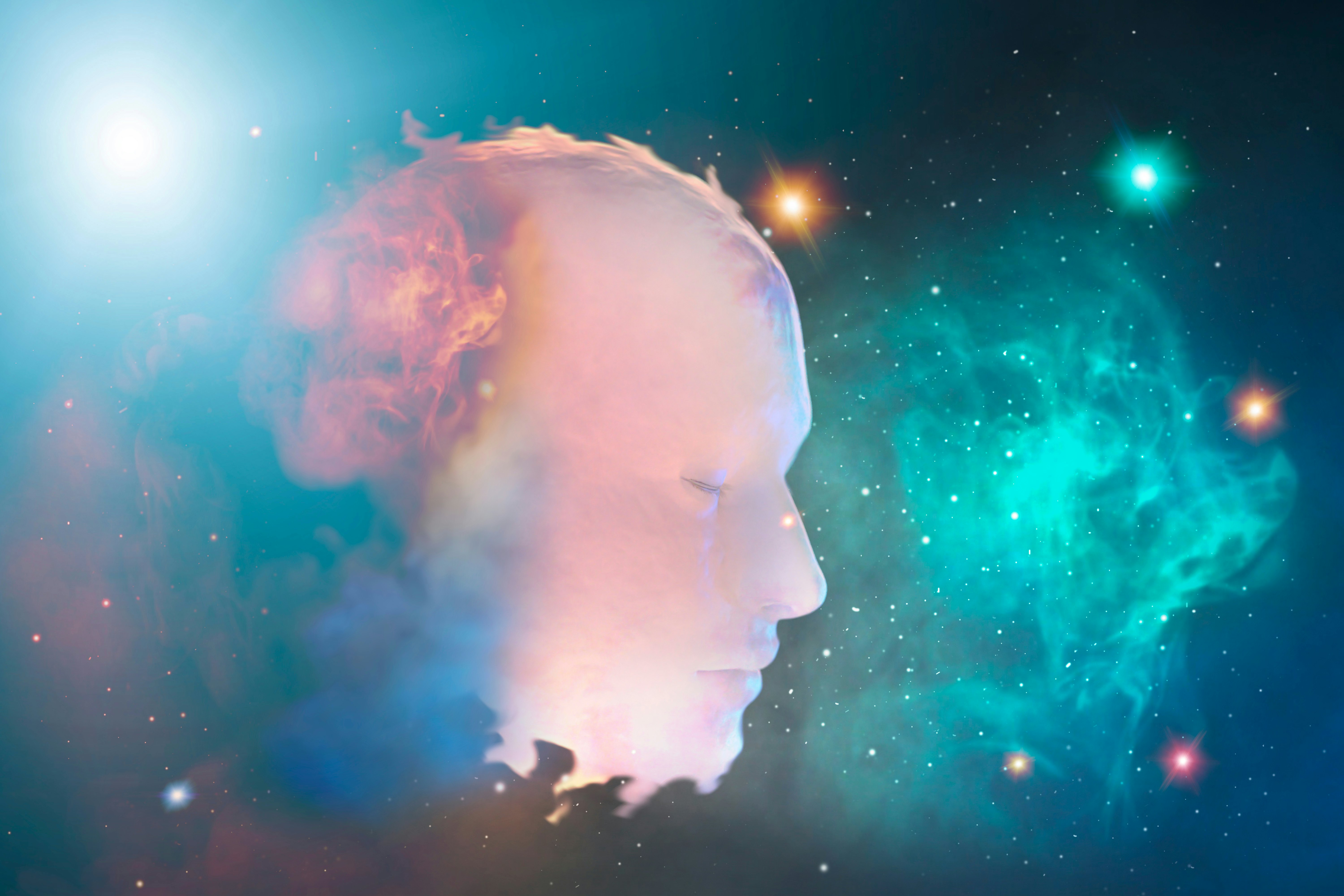
The average person will spend a whopping 25 years of their life asleep, which means nearly a quarter of our time on Earth is spent exploring dreamworlds of our own creation. Dating back to Freud in the early 20th century, sleep scientists have speculated that these dreams are our minds' way of assessing and sorting through our daily memories.
But how exactly our minds do this and what dreaming's impact is on our waking lives has long eluded scientists. To dig deeper into our dreams and their potential, scientists from MIT, Harvard, Boston College, and Beth Israel Deaconess Medical Center have designed a sleep wearable that can guide wearers into dreaming up more productive, themed dreamscapes.
After having specific themes suggested to them during sleep by the device, called Dormio, participants reported dreaming about that theme and feeling more creative.
In a study in the August edition of Consciousness and Cognition, the researchers describe their approach to designing this noninvasive wearable. It is intended to tap into one of our minds most suggestive sleep phases: hypnagogia.
Adam Haar Horowitz, the study's first author and a research assistant at MIT Media Lab, explains that hypnagogia — the brain's first sleep phase and a precursor to REM sleep — creates a unique, impressionable state.
“This state of mind is trippy, loose, flexible, and divergent,” Haar Horowitz says. “It’s like turning the notch up high on mind-wandering and making it immersive — being pushed and pulled with new sensations like your body floating and falling, with your thoughts quickly snapping in and out of control.”
In this impressionable sleep phase, previous research has shown that it's possible to influence participants' thoughts and drives (like whether or not to smoke) through auditory and olfactory cues.
In this study, the team used their sleep wearable to suggest dream themes to participants (in this case, with the keyword "tree") in a process is called Targeted Dream Incubation (TDI.)
How does it work — To test the effect of these targeted suggestions on people's dreams and creativity, the researchers recruited 50 college-age participants for a napping study using Dormio. These participants were split into four different groups, half that stayed awake during the trials, and half that fell asleep.
At the beginning of the trial, all groups were prompted by their Dormio wearable to "think of a tree" but during subsequent prompts half of each group was either prompted to "remember to observe your thoughts" or to "remember to think of a tree."
Throughout each 45 minute trial, Dormio would measure a participant's sleep signs (using physical cues like losing muscle tension or failure to continue a repetitive task like tapping) and give its prompts during perceived hypnogogic sleep phases. Between these prompts, the device would wake participants and ask them “please tell me what's going through your mind” in order to determine whether or not the suggested "tree" prompt had infiltrated their sleeping (or awake) mind.
What were the results — In sleep participants who were repeatedly prompted to think of the tree, researchers found that 67 percent of the participants' interrupted dream reports contained references to trees. Meanwhile, sleepers who were not continually prompted to remember the tree only mentioned tree-related dreams 3 percent of the time.
In questionnaires completed after the trials, researchers found that participants who had TDI about trees reported feeling more creative than usual, even if they'd never considered themselves to be creative before. On the other hand, participants who did not receive TDI about trees more often reported feeling simply at ease.
“We showed that dream incubation is tied to performance benefits on three tests of creativity, by both objective and subjective metrics,” Haar Horowitz explains. “Dreaming about a specific theme seems to offer benefits post-sleep, such as on creativity tasks related to this theme. This is unsurprising in light of historical figures like Mary Shelley or Salvador Dalí, who were inspired creatively by their dreams. The difference here is that we induce these creatively beneficial dreams on purpose, in a targeted manner.”
What's next — Other universities, including Duke, Harvard University, and the University of Chicago, have begun conducting sleep studies using Dormio and the authors of this study write that this device could one day be used in the future to train your brain to tackle specific creative or emotional problems in your sleep — making the most of those non-waking hours.
"In its most autonomous mode, the user decides what they want to dream about," the researchers write. "This can range from a creative problem they are working on to an experience they want to reflect on or an emotional issue they want to develop a new perspective on... [This device] can significantly enhance creativity, learning, and memory performance, opening a door to a new era of dream research."
Abstract: Information processing during sleep is active, ongoing and accessible to engineering. Protocols such as targeted memory reactivation use sensory stimuli during sleep to reactivate memories and demonstrate subsequent, specific enhancement of their consolidation. These protocols rely on physiological, as opposed to phenomenological, evidence of their reactivation. While dream content can predict post-sleep memory enhancement, dreaming itself remains a black box. Here, we present a novel protocol using a new wearable electronic device, Dormio, to automatically generate serial auditory dream incubations at sleep onset, wherein targeted information is repeatedly presented during the hypnagogic period, enabling direct incorporation of this information into dream content, a process we call targeted dream incubation (TDI). Along with validation data, we discuss how Dormio and TDI protocols can serve as tools for controlled experimentation on dream content, shedding light on the role of dreams in the overnight transformation of experiences into memories.







